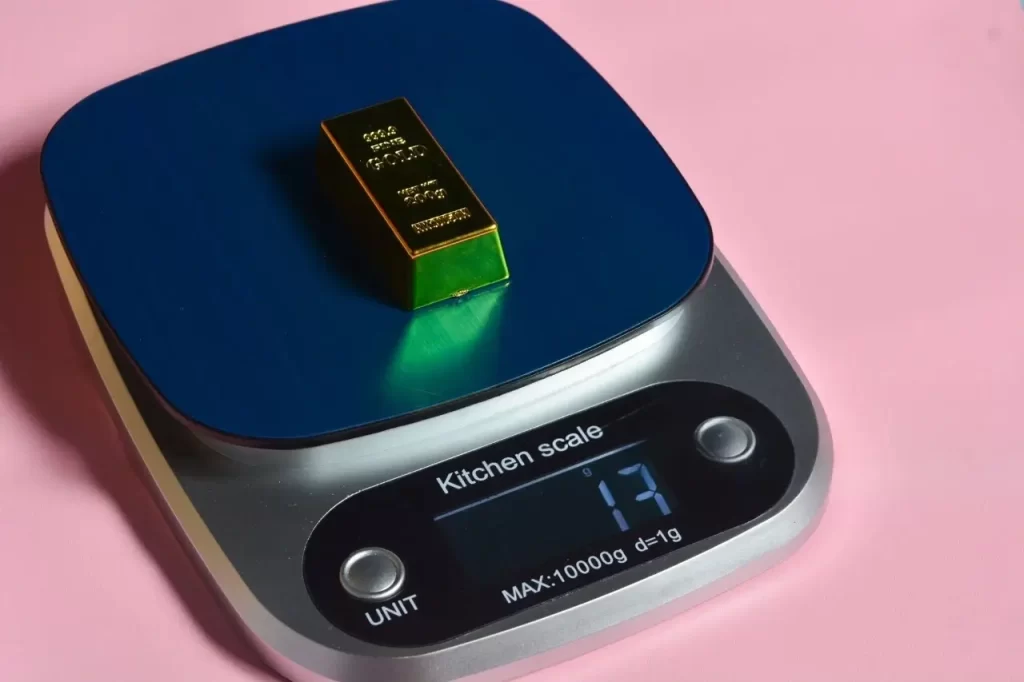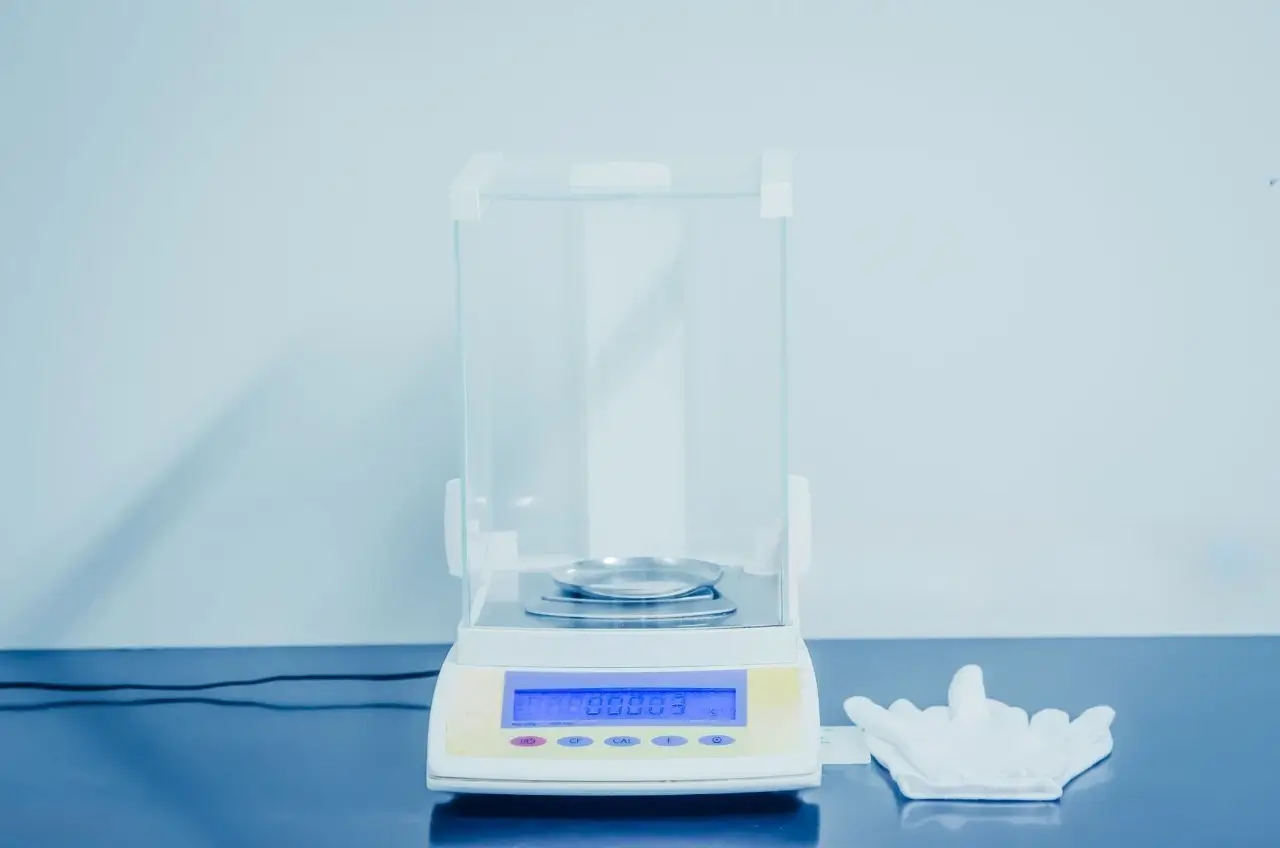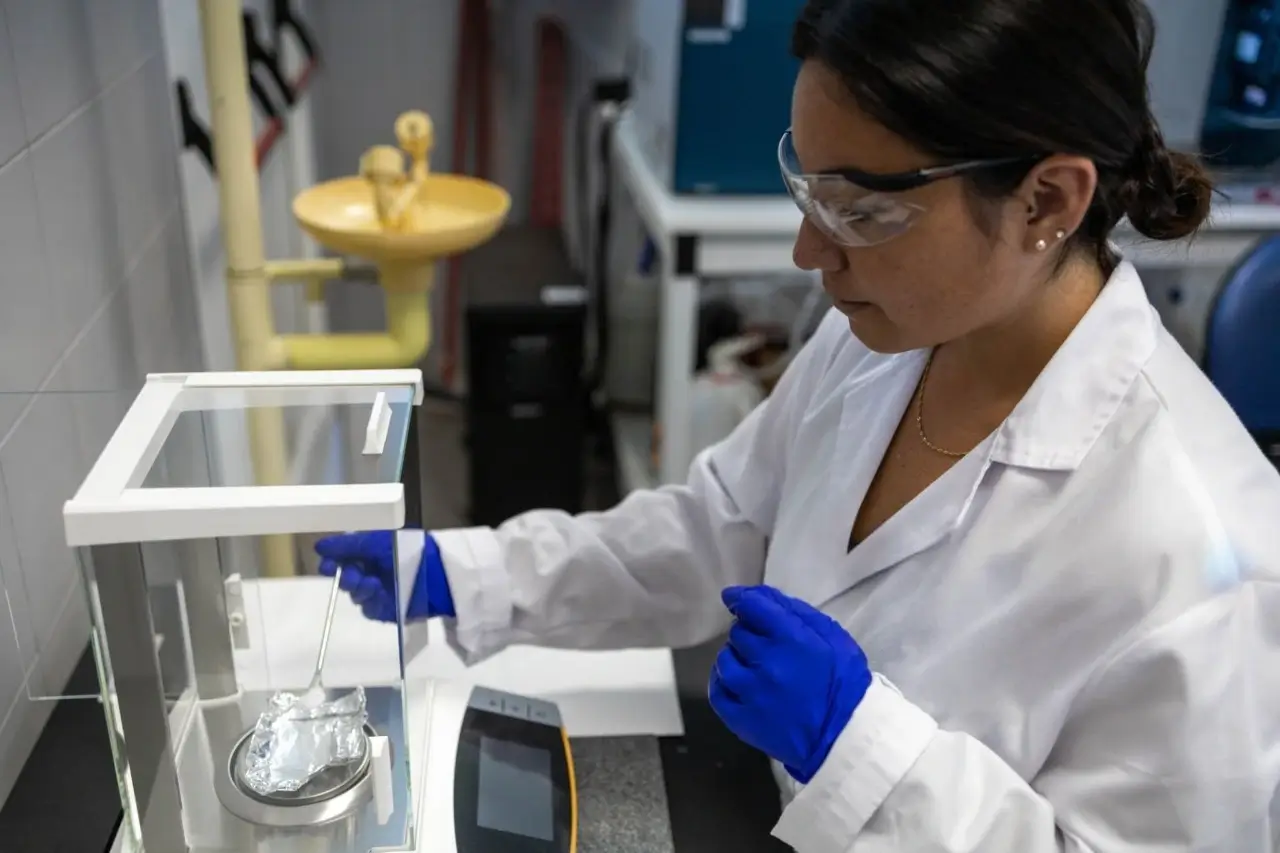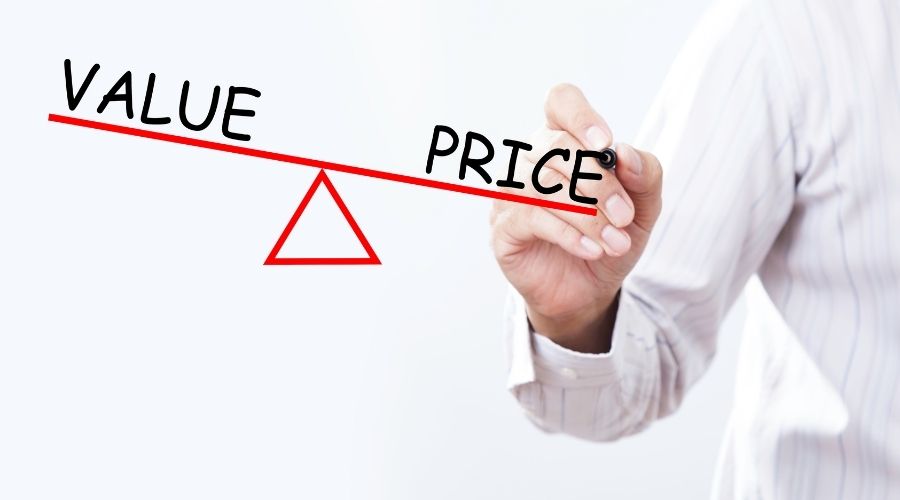Ever wondered how a jeweler’s scale differs from the one in your kitchen? It’s not just about size—jewelry scales are precision instruments designed for accuracy, versatility, and often legal certification. While a kitchen scale might suffice for measuring flour, a jeweler’s scale handles precious materials where even a fraction of a gram can mean thousands of dollars.
This article explores the types of jewelry scales, the professional units of measurement they use, and the importance of legal certifications. Whether you’re a jeweler selecting tools or a curious customer, understanding these aspects will help you make informed decisions.

Types and Features of Jewelry Scales
Jewelry scales vary depending on what’s being weighed—precious metals or gemstones. Each type is tailored to specific needs, offering distinct features for accuracy and ease of use.
Electronic Jewelry Scales
These are the workhorses of jewelry shops and workshops, ideal for weighing larger quantities of precious metals like gold, silver, or platinum.
- Purpose: Perfect for measuring finished jewelry, scrap metal, or bulk materials.
- Key Features: Compact and durable, these scales measure to 0.01 gram for high accuracy. A standout feature is the tare function, which zeros out the weight of containers or trays, ensuring only the jewelry’s weight is recorded.
Precision Carat Scales / Analytical Balances
For diamonds and other gemstones, jewelers rely on highly specialized scales built for pinpoint precision.
- Purpose: Designed for weighing gemstones like diamonds, rubies, or sapphires, where even a thousandth of a carat can significantly affect value.
- Key Features: These scales measure to 0.001 carat and often include a draft shield to block air currents that could skew readings. The carat is the primary unit of measurement.
- Stuccler SENSE – JD Series: Engineered for high-end jewelry work, the JD series boasts accuracy to 0.001 carat, using an advanced electromagnetic force sensor and automatic internal calibration to ensure precision in varying conditions. For professional gem work, pair this with a reliable electronic scale for comprehensive weighing needs.
Professional Units of Measurement
Jewelers don’t measure in ounces like a grocer. They use specialized units for precision and global consistency. Here’s a breakdown of the key units:
1. Gram (g)
- Characteristics: A universal standard unit of mass, widely used in modern jewelry scales for its simplicity and global acceptance.
- Use: Ideal for weighing precious metals like gold and platinum in manufacturing and trade.
2. Carat (ct)
- Characteristics: Exclusive to gemstones, one carat equals 200 milligrams (0.2 grams) and is subdivided into 100 points.
- Use: The standard for weighing diamonds and other gems, where weight directly influences value.
3. Troy Ounce (ozt)
- Characteristics: Slightly heavier than a standard ounce, one troy ounce equals 31.103 grams.
- Use: Common in the precious metals market for trading bullion, such as gold or silver bars.
4. Pennyweight (dwt)
- Characteristics: An older unit, equal to 1.555 grams, still used in some North American jewelry practices.
- Use: Primarily for weighing scrap gold or other precious metals, though less common today.
5. Grain (gr)
- Characteristics: A tiny unit, with 15.432 grains per gram.
- Use: Traditionally used for pearls or other small, non-carat-based items.
Here’s a concise conversion table for reference:
| To Convert from… | To Grams (g) | To Carats (ct) | To Troy Ounces (ozt) | To Pennyweights (dwt) | To Grains (gr) |
| 1 Gram (g) | 1 | 5 | 0.03215 | 0.643 | 15.432 |
| 1 Carat (ct) | 0.2 | 1 | 0.00643 | 0.1286 | 3.086 |
| 1 Troy Ounce (ozt) | 31.103 | 155.515 | 1 | 20 | 480 |
| 1 Pennyweight (dwt) | 1.555 | 7.775 | 0.05 | 1 | 24 |
| 1 Grain (gr) | 0.0648 | 0.324 | 0.00208 | 0.0416 | 1 |
The “Identity Card” of a Scale: Legal Compliance
In commercial settings, a scale’s accuracy isn’t just about quality—it’s a legal necessity. Certifications ensure fairness and trust in transactions.
Trade-Approved Certification
A trade-approved scale meets strict legal metrology standards, mandatory for commercial transactions like buying or selling jewelry. This certification guarantees accurate measurements, protecting both jeweler and customer.
NTEP Certification
In North America, NTEP (National Type Evaluation Program) certification is the gold standard for commercial scales. An NTEP seal confirms rigorous testing, ensuring legally binding results for trade.
Summary & Q&A
Jewelry scales are precision tools defined by their accuracy, specialized units, and legal certifications. Choosing the right scale depends on your task—whether weighing gold or a delicate gemstone.
Q&A
Q: Are kitchen scales and jewelry scales the same?
A: No. Kitchen scales measure to the nearest gram, while jewelry scales reach 0.01g or even 0.001g for gemstones. This precision is critical for valuing precious materials.
Q: Why do jewelers use units like carats and troy ounces?
A: These units provide a precise, globally recognized standard. Carats are specific to gemstones, and troy ounces are used for precious metals in bullion markets, ensuring clarity and consistency.
Q: Do I need a certified scale for personal jewelry projects?
A: For personal use, a certified scale isn’t necessary. However, for professional buying or selling, a trade-approved or NTEP-certified scale is legally required to ensure fair transactions.
With a clear understanding of scale types, units, and certifications, you’re better equipped to choose the right tool or make informed decisions as a consumer.




